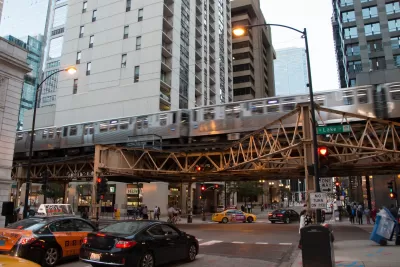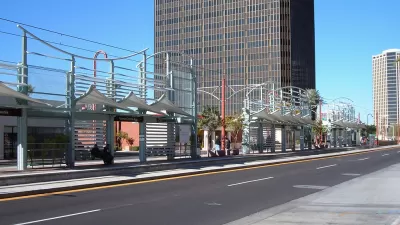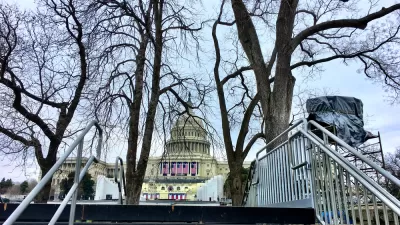The Capital Investment Grants program should focus on improving service on heavily-used lines, expanding access to jobs and amenities, and increasing multimodal accessibility.

In response to the Federal Transit Administration (FTA)'s request for feedback on its Capital Investment Grant (CIG) criteria, TransitCenter outlines its recommendations. These include:
- "Improve speed, reliability, accessibility, frequency, and/or span for heavily-used transit corridors."
- "Significantly expand" access to jobs and other important destinations, particularly for underserved communities.
- Make upgrades that help connect travelers, creating "network effects."
- Improve accessibility for pedestrians, cyclists, and wheelchair users.
Pointing to the mixed record of transit investment in the United States, TransitCenter states "[r]eviewing recent patterns of capital investment, there are too few transit projects that meet a significant demand for travel, expand access, yield network benefits, or serve walkable areas." Too many recent projects, the statement says, "do not generate the broad economic benefits or travel time savings that accrue when capital projects are grounded in the fundamental objective of improving travel by transit for large numbers of people."
However, many projects, such as the expansion of light rail in the Seattle region, Chicago's Red and Purple Line modernization, and Richmond's Pulse BRT (Bus Rapid Transit), would, if built, advance equity and help reduce carbon emissions. "In general, FTA should adjust the CIG criteria to funnel more resources to projects like these upgrades, and less to projects like mixed-traffic streetcars or suburban rail expansions."
You can read TransitCenter's full response to the FTA here.
FULL STORY: The Transit Upgrades America Needs to Build Back Better

Alabama: Trump Terminates Settlements for Black Communities Harmed By Raw Sewage
Trump deemed the landmark civil rights agreement “illegal DEI and environmental justice policy.”

Study: Maui’s Plan to Convert Vacation Rentals to Long-Term Housing Could Cause Nearly $1 Billion Economic Loss
The plan would reduce visitor accommodation by 25% resulting in 1,900 jobs lost.

Planetizen Federal Action Tracker
A weekly monitor of how Trump’s orders and actions are impacting planners and planning in America.

Wind Energy on the Rise Despite Federal Policy Reversal
The Trump administration is revoking federal support for renewable energy, but demand for new projects continues unabated.

Passengers Flock to Caltrain After Electrification
The new electric trains are running faster and more reliably, leading to strong ridership growth on the Bay Area rail system.

Texas Churches Rally Behind ‘Yes in God’s Back Yard’ Legislation
Religious leaders want the state to reduce zoning regulations to streamline leasing church-owned land to housing developers.
Urban Design for Planners 1: Software Tools
This six-course series explores essential urban design concepts using open source software and equips planners with the tools they need to participate fully in the urban design process.
Planning for Universal Design
Learn the tools for implementing Universal Design in planning regulations.
Caltrans
Smith Gee Studio
Institute for Housing and Urban Development Studies (IHS)
City of Grandview
Harvard GSD Executive Education
Toledo-Lucas County Plan Commissions
Salt Lake City
NYU Wagner Graduate School of Public Service





























